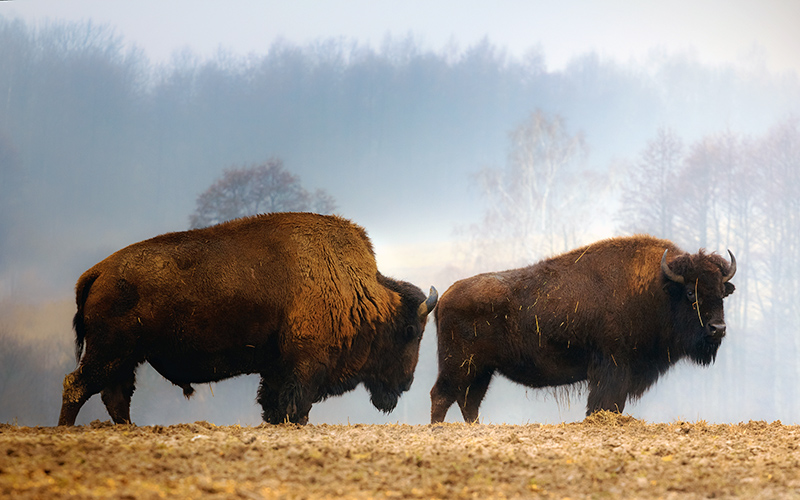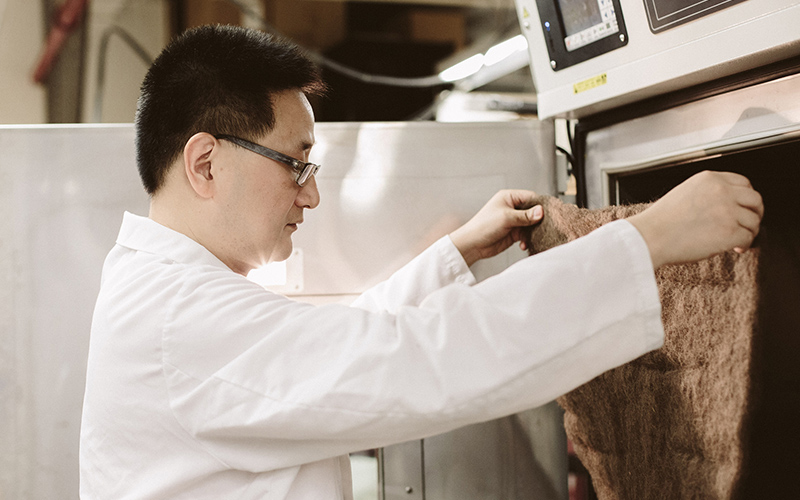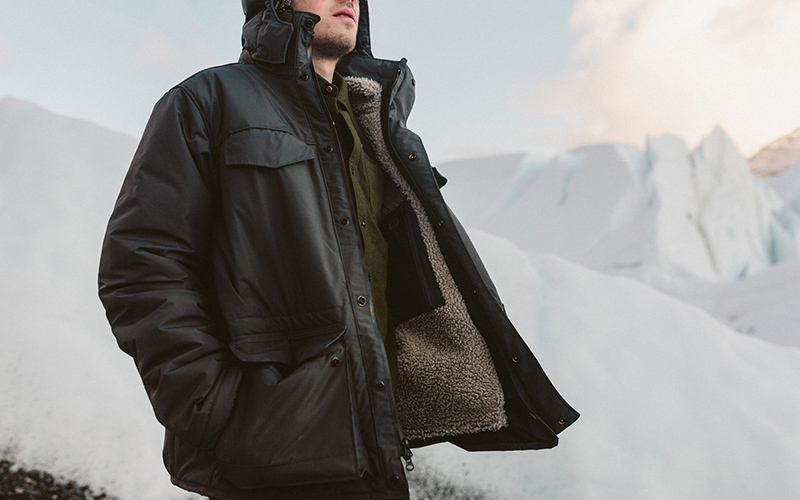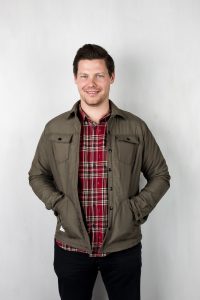
by guest blogger Brian Linton, president and co-founder of United By Blue
Is being made of organic cotton or recycled polyester enough for a clothing product to be considered sustainable? Quite possibly. But sustainability in fashion is often more complicated than a label may suggest. In order to deem it truly sustainable, you have to consider the entire supply chain—from a fiber’s source through to the product’s final delivery to you. How a fiber is collected, treated, and ultimately made into a piece of clothing is a fascinating and complicated process, and to do so sustainably adds complexity and is a challenge few companies have time or energy to take on.
A couple of years ago, we at United By Blue decided to accept this challenge and ask ourselves: What does it really mean to make a product in a sustainable way entirely within the United States? We quickly learned that the most challenging aspect was to find sustainably and domestically sourced natural fibers that stood up to the high standards and rigors of our brand. Ultimately, the solution surprised us. We found a fantastic natural fiber that’s not only sustainable, but also underutilized and found only in North America: the American Bison.
Bison once roamed most of the continent, with a population that was believed to be upwards of 60 million at its peak. But by 1890, only 800 bison were left, their numbers decimated by an influx of settlers and hunters who massacred them indiscriminately—sometimes only to cut off Native Americans from the crucial food, clothing, and fuel supplies the bison provided. Luckily, the story does not end there. Protected by legislation, conservationists, and breeding programs of private ranchers, the population is now near 500,000, and bison are no longer an endangered or threatened species.

Bison wool being laboratory tested for warmth. The lab gave it a clo rating of 4.51—a warmth rating on par with “heavy polar equipment.”
Today, the majority of American bison are part of a growing bison meat industry. These animals are raised on ranches where they are grass fed, unlike the majority of their bovine brethren, which are typically fed nutritionally enhanced liquid and hay in overpopulated feedlots. The rearing of bison has also helped restore a native species to grasslands that benefit from its presence. And due to the animals’ natural genetics and how they are raised, their meat tends to be leaner and healthier for human consumption.
Despite the growing popularity of their meat, commercial uses for the bisons’ woolly coat have historically been underappreciated. Last year, we experimented with some of the fiber and made a sock, aptly named The Ultimate American Sock. And earlier this month, we took the fiber and successfully processed it into sheets of insulation, which we have layered into a new line of outerwear: The Ultimate American Jacket and the Bison Snap Jacket.

The Ultimate American Jacket in Alaska.
Pioneering new and unique uses of the American bison’s coat has opened our eyes to the numerous natural resources within our reach. We now know that we no longer have to adhere to the status quo for what the manufacturing industry currently views as “sustainable best practices.” We have the ability to create new, even better best practices by exploring the world and its natural resources through a creative lens. Connecting the dots between ranchers, manufacturers, and consumers is not just good business—it also builds sustainable ranching, local economies, great finished products, and altogether helps support a more sustainable future.

Brian Linton is the co-founder and president of United By Blue. At UBB, he leads overall brand strategy and sales growth, working closely with UBB’s sales team and distributors. Growing up in Japan and Singapore, Brian has traversed the world and traveled to more than 40 countries. Legend has it that his childhood bedroom housed 30 fish tanks or more, and this love of aquatic life is where United By Blue found its environmental focus.
A variety of United By Blue products are available at Rodales.com.




No comments yet.